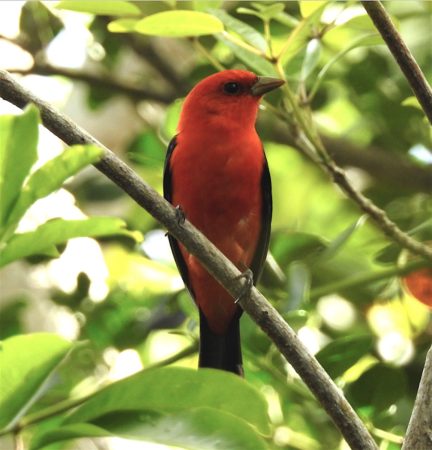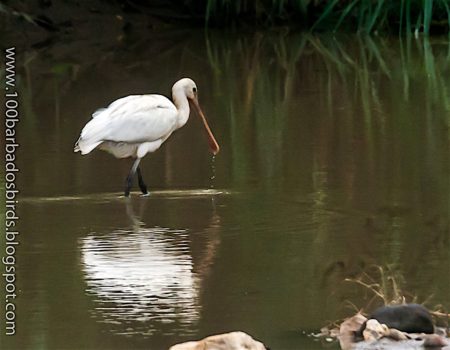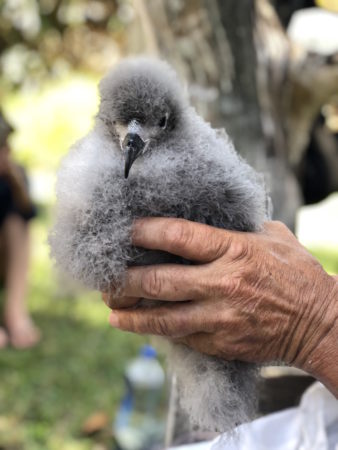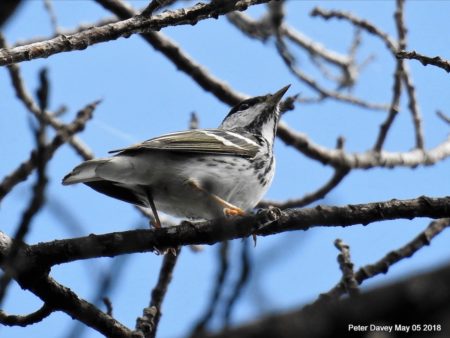
Every year, Global Big Day is an all-out effort to get the “big picture” on birds across the planet. This year, it hit a new world record. In one single day (May 5, 2018) 29,866 people ventured outside in 170 countries, finding 6,963 species, These numbers equate to approximately two thirds of the world’s bird species in just 24 hours! 1.6 million bird sightings by citizen scientists and avid birders worldwide were recorded on eBird.
This year was a particularly important one for the Caribbean, since many islands are still in recovery mode after the passage of two hurricanes in 2017, and it was important to check in on how the bird populations are doing several months later. BirdsCaribbean members and partners made significant contributions to the global total from the Caribbean*, with 453 species reported. The weather was not kind on May 5, with stormy and rainy weather across several islands. Nevertheless, 254 participants braved the elements to count birds. They spotted an impressive 102 endemic birds on May 5. A much higher number of checklists was submitted this year: 926, nearly doubling the previous number of 567.
Which Caribbean islands came out on top? Trinidad and Tobago had 178 species (woo hoo!), but of course this is not a level playing field with the rest of the region! The Bahamas and Puerto Rico ended up “neck and neck”, with 136 and 135 species each – some way ahead of third-place Guadeloupe with 83. Cuba and the Cayman Islands rounded out the top five.

Top eBirders Eric Torres-Rivera and Julio Salgado from Puerto Rico spotted 104 species each; Puerto Rican birders submitted a remarkable total of 249 checklists. This was an encouraging result from the island that suffered such destruction from 2017 hurricanes. BirdsCaribbean is also happy to note that Dominica, which was ravaged by Hurricane Maria, recorded 32 species, thanks to Forestry Officer Stephen Durand.

There were some rare and unexpected finds, noted Jeff Gerbracht, eBird’s Lead Application Developer at Cornell Lab of Ornithology. “Eurasian Spoonbill and Pacific Golden Plover were both seen at the same site in Barbados. It is most unusual for these species to be seen together, especially in the Western Hemisphere.” View the checklist here.
“The Black Kite, a European species rarely seen on this side of the Atlantic, was reported and photographed on the island of Inagua in the Bahamas,” said Gerbracht. “Also, Lisa Sorenson (BC Executive Director) and her husband Mike were on Bermuda with BC President Andrew Dobson, seeing all the local birds, including a robust Bermuda Petrel (Cahow) chick.
We hope everyone enjoyed the day and we thank you for your participation and commitment to our region’s beautiful birds. Next year will be even more fun!
How did your country do on Global Big Day? Find out here.
An overall report for Global Big Day is available here, with nice summaries for each region. The total species list for the West Indies (Bahamas, Greater and Lesser Antilles) is here.
*NOTE: The Global Big Day summary statistics in this article include the islands of the West Indies (Bahamas and Greater and Lesser Antilles), plus Bermuda, Aruba, Bonaire, and Curacao, and Trinidad and Tobago. These islands comprise the region where BirdsCaribbean carries out its mission.

eBird is the world’s largest biodiversity-related citizen science project, with more than 100 million bird sightings contributed each year by eBirders around the world. A collaborative enterprise with hundreds of partner organizations, thousands of regional experts, and hundreds of thousands of users, eBird is managed by the Cornell Lab of Ornithology.Submit your birding checklists and join the eBird family! You will find more details on registering and recording your sightings here.
If you bird in the Caribbean, be sure to use our portal—eBird Caribbean. This will give you access to our special protocols for the region (e.g., Caribbean Waterbird Census) and our latest news and updates on birding in the islands.
By Emma Lewis (@petchary), blogger and birder in Jamaica
